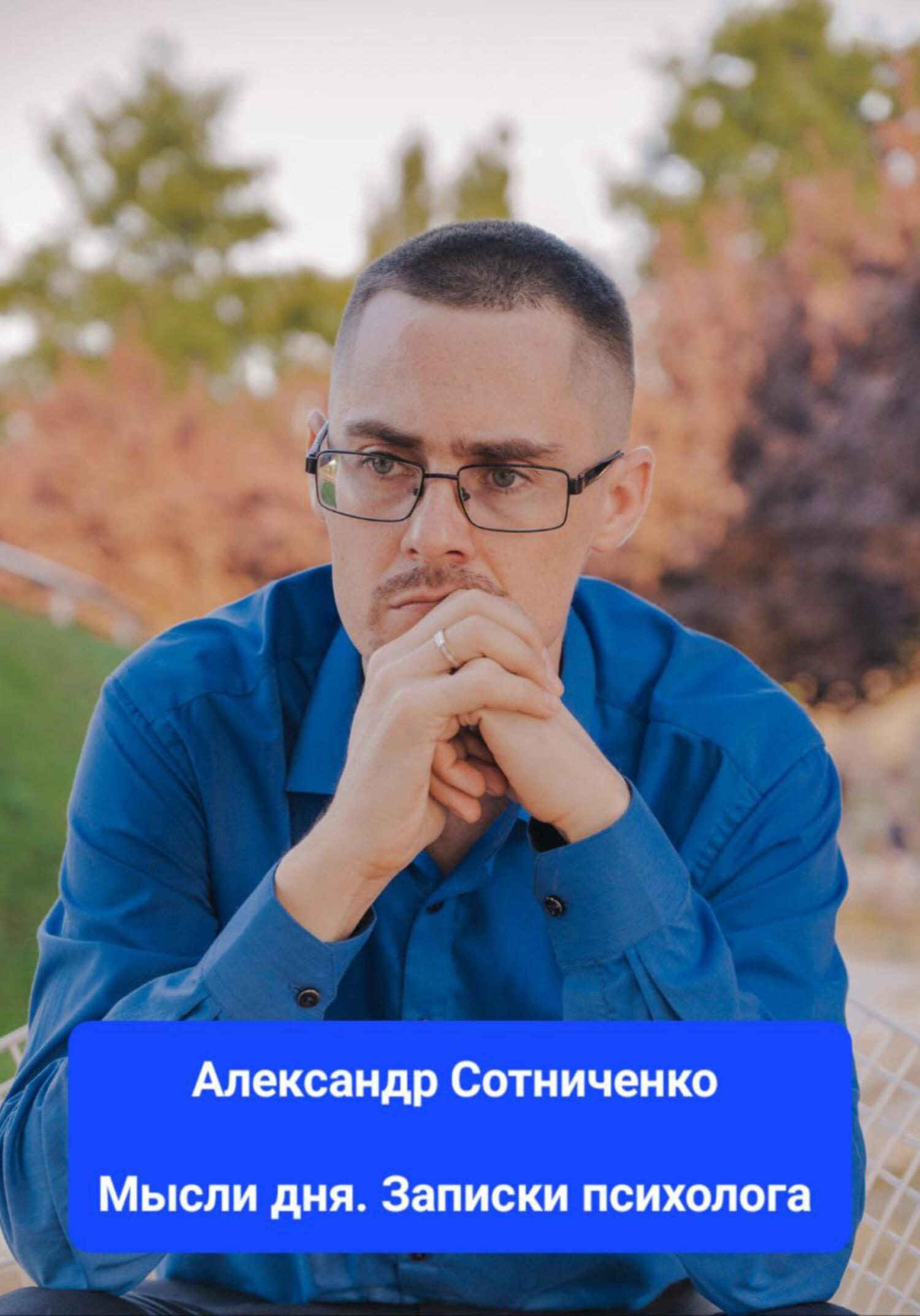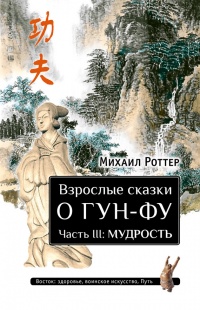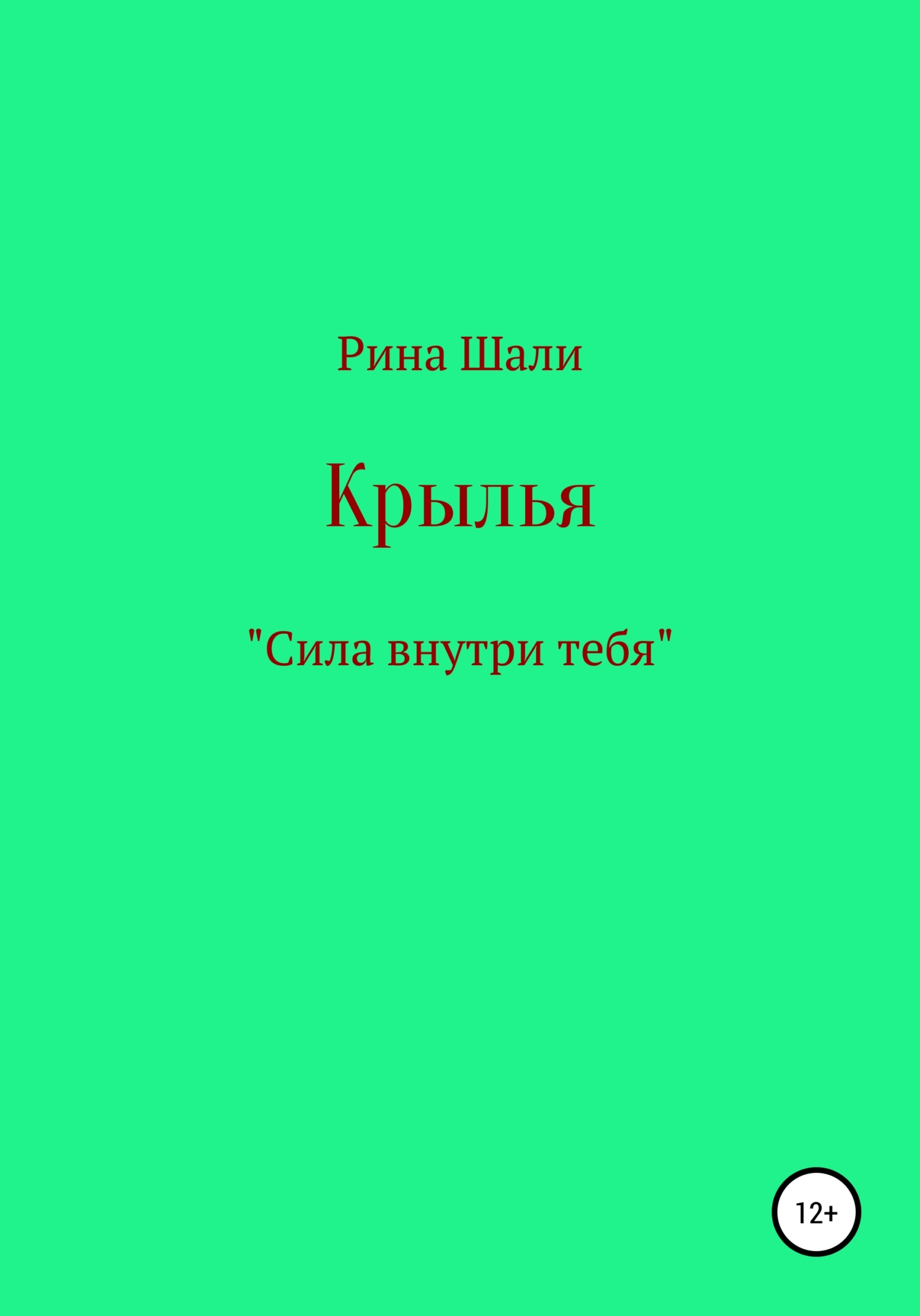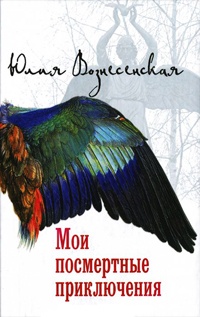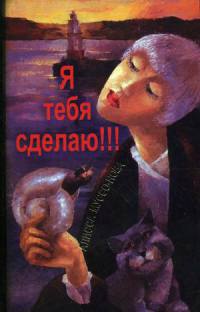Книга Что знают мои кости. Когда небо падает на тебя, сделай из него одеяло - Стефани Фу
На нашем литературном портале можно бесплатно читать книгу Что знают мои кости. Когда небо падает на тебя, сделай из него одеяло - Стефани Фу полная версия. Жанр: Книги / Психология. Онлайн библиотека дает возможность прочитать весь текст произведения на мобильном телефоне или десктопе даже без регистрации и СМС подтверждения на нашем сайте онлайн книг knizki.com.
Шрифт:
-
+
Интервал:
-
+
Закладка:
Сделать
Перейти на страницу:
Перейти на страницу:
Внимание!
Сайт сохраняет куки вашего браузера. Вы сможете в любой момент сделать закладку и продолжить прочтение книги «Что знают мои кости. Когда небо падает на тебя, сделай из него одеяло - Стефани Фу», после закрытия браузера.
Книги схожие с книгой «Что знают мои кости. Когда небо падает на тебя, сделай из него одеяло - Стефани Фу» от автора - Стефани Фу:
Комментарии и отзывы (0) к книге "Что знают мои кости. Когда небо падает на тебя, сделай из него одеяло - Стефани Фу"




















